12 Subtle Influences on Romantic Partner Preference

When it comes to choosing a romantic partner, we often believe our decisions are purely based on conscious attraction, shared values, and compatibility. In reality, many of our preferences are quietly shaped by subtle psychological, social, and even environmental factors we might not notice. From early childhood experiences to the unspoken influence of cultural norms, these hidden forces can play a surprising role in who catches our eye — and who keeps our attention. Recognizing these influences doesn’t mean our feelings aren’t genuine, but it can help us understand them more deeply. In this article, we’ll explore 12 often-overlooked factors that can shape our romantic choices in ways we may not fully realize.
1. Childhood Friends Set Lasting Templates
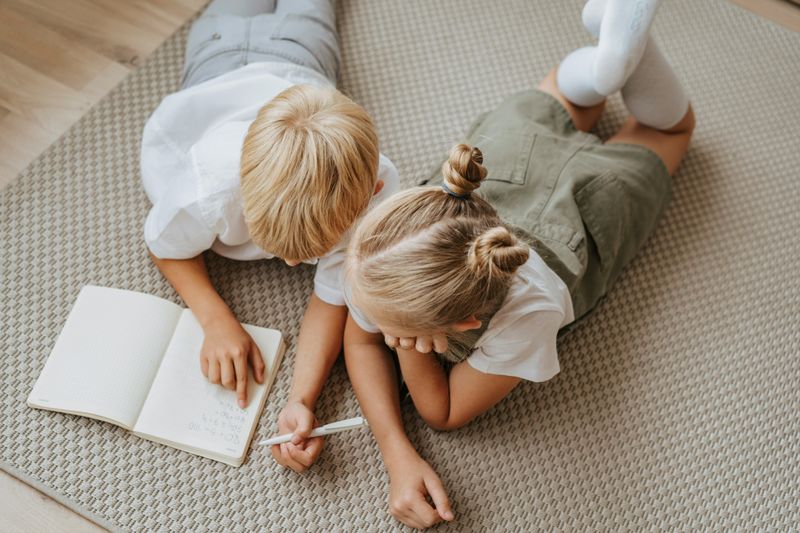
Remember your first playground buddy? That friendship might be steering your love life today! Early friendships create powerful templates in our developing brains that influence adult attraction patterns.
Research shows we often seek partners who resemble qualities of childhood friends we felt safe with. This happens unconsciously as our brains developed comfort with certain personality types, communication styles, and even physical traits.
A person who grew up with boisterous, outgoing friends might consistently find themselves drawn to extroverted partners, while someone whose childhood companions were thoughtful and quiet might seek these qualities in romantic relationships.
2. Attachment Style Shapes Our Love Maps
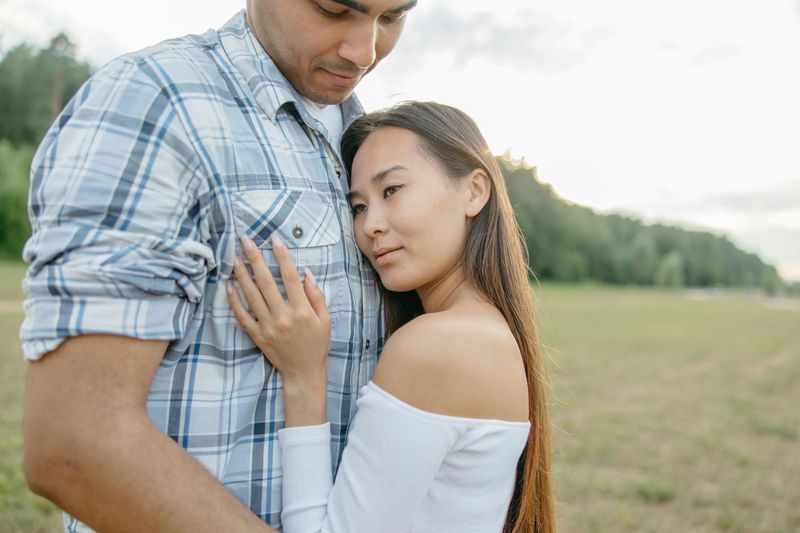
Childhood bonds with caregivers create invisible templates for adult relationships. When parents consistently meet a child’s needs, secure attachment often develops, leading to comfort with both intimacy and independence in adulthood.
Those with anxious attachment might seek intense closeness and reassurance from partners, while avoidant types may keep emotional distance to protect themselves. These patterns operate below conscious awareness, pulling us toward partners who confirm our existing relationship beliefs.
Recognizing your attachment style can be eye-opening. Many people discover they repeatedly choose partners who reinforce familiar—though not always healthy—relationship dynamics from childhood.
3. Facial Symmetry Speaks to Our Primitive Brain
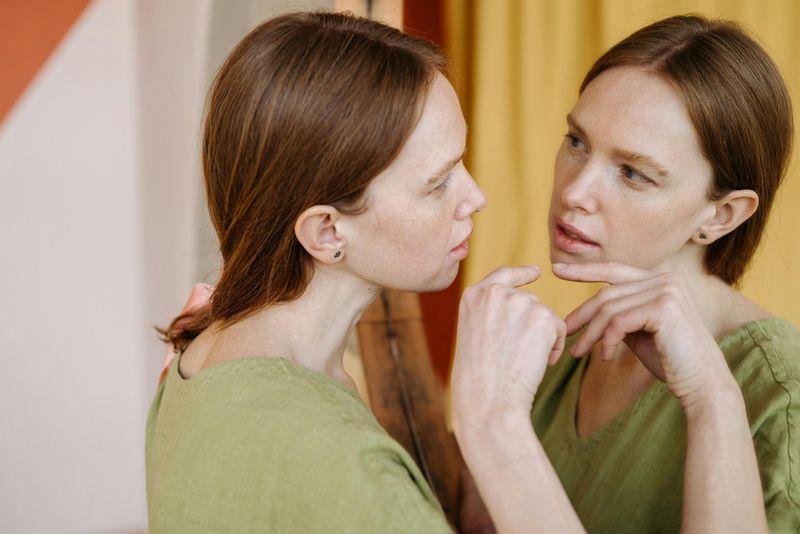
Your brain performs lightning-fast calculations when you meet someone new. Balanced features often register as more attractive because they historically signaled good health and genetic quality—important survival considerations for our ancestors.
Studies show people across cultures rate symmetrical faces higher on attractiveness scales without knowing exactly why. The effect is strongest during fertile periods for women, suggesting an evolutionary link to reproduction.
Interestingly, perfect symmetry isn’t always best. Slight asymmetries can add character and uniqueness that many find appealing. This explains why distinctive features sometimes become someone’s most attractive quality rather than conventional beauty.
4. Your Nose Knows More Than You Think

That inexplicable chemistry you feel with someone might literally be chemical. Our bodies produce unique scent signatures influenced by immune system genes called MHC (Major Histocompatibility Complex). Research suggests we’re naturally drawn to partners with complementary immune profiles—potentially leading to healthier offspring.
Women can detect subtle scent differences during ovulation, temporarily preferring the smell of men with different immune profiles than their own. Birth control pills can reverse this preference, potentially affecting relationship satisfaction if a woman starts or stops hormonal contraception during a relationship.
Natural body scent plays such a powerful role that some speed dating events now include t-shirt sniffing to test chemistry before meeting!
5. Shared Values Create Invisible Bonds
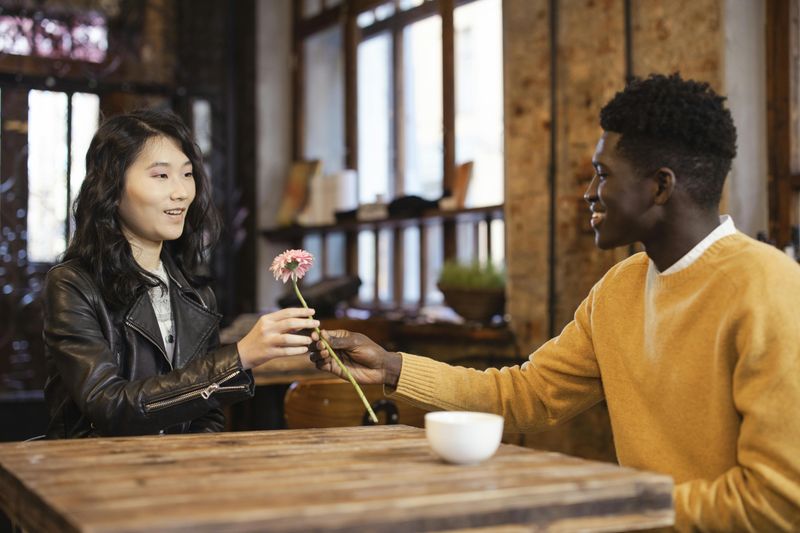
Values function as relationship glue even when we don’t consciously prioritize them. Research shows couples with aligned core beliefs about family, money, religion, and politics tend to experience less conflict and greater satisfaction. These shared frameworks create a sense of being understood without explanation.
The magic happens when partners feel they’re moving through life with similar navigation systems. Political differences once considered minor might become relationship dealbreakers when they reflect fundamentally different worldviews about human nature or fairness.
Sometimes attraction to someone with similar values feels like coming home—comfortable and validating. This explains why many successful relationships form between people from similar cultural or community backgrounds despite our belief in the appeal of opposites.
6. The Perfect Personality Puzzle Piece

Sometimes opposites attract for good reason. A vibrant extrovert might be drawn to a thoughtful introvert who brings calm to their chaos. This complementary dynamic creates balance—each partner providing what the other lacks.
Your brain unconsciously seeks traits that enhance your strengths or compensate for weaknesses. The organized planner falls for the spontaneous free spirit. The analytical thinker connects with the intuitive feeler. These differences can create a more complete relationship system.
But complementary traits work best with shared core values. Too much difference creates disconnection, while too much similarity can lead to competition or redundancy. The sweet spot? Partners different enough to grow from each other but similar enough to understand one another’s fundamental needs.
7. Voice Vibrations Trigger Emotional Responses
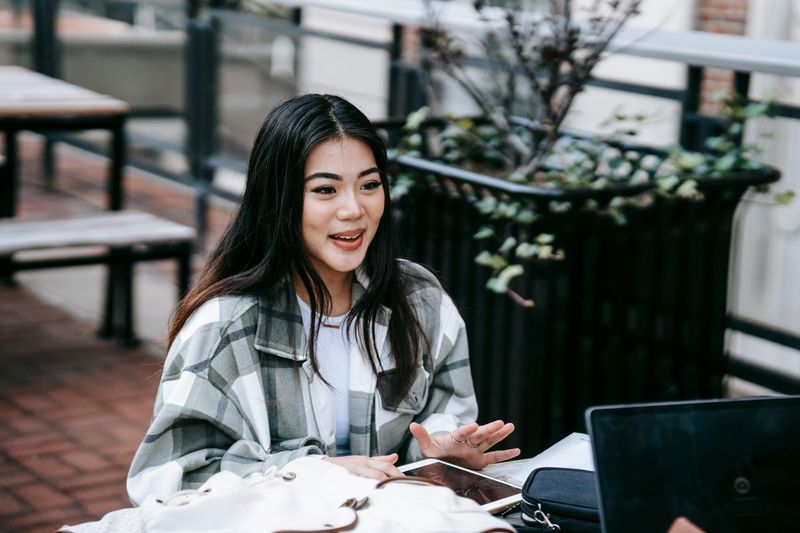
A person’s voice can captivate you before their words register. Lower pitches in men typically signal higher testosterone levels, unconsciously registering as strength and protection. Women’s voices often become slightly higher when speaking to someone they’re attracted to—a subtle biological signal of interest.
Speech rhythm and emotional expressiveness matter too. A voice with varied intonation suggests emotional availability, while monotone speech might signal detachment. Researchers found that couples with similar vocal patterns often report stronger connection.
Voice preferences change throughout life and even during menstrual cycles. Some voice qualities remind us of trusted family members or past partners, creating instant comfort. Others trigger alertness or caution based on previous experiences—all happening below conscious awareness.
8. Familiarity Breeds Attraction, Not Contempt
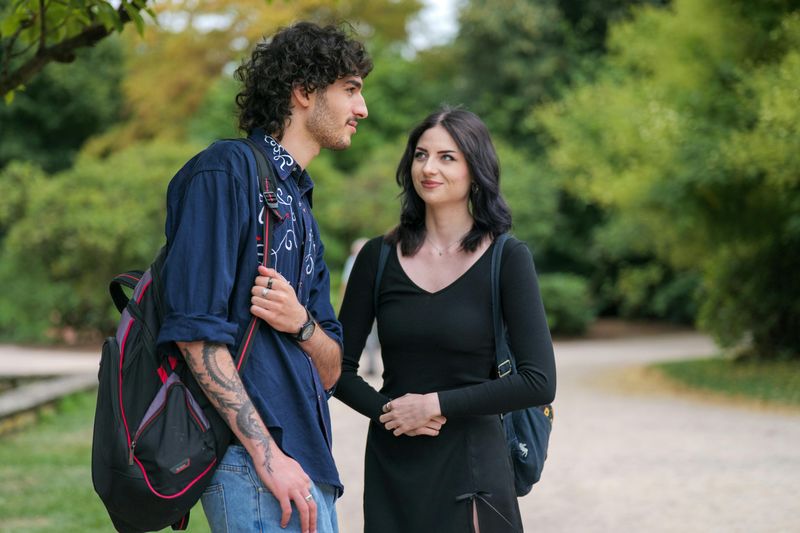
The barista you see every morning gradually becomes more attractive over time. This phenomenon, called the mere exposure effect, demonstrates how repeated encounters increase positive feelings toward someone—even without meaningful interaction.
Our brains evolved to trust the familiar and approach with caution anything new or different. Seeing someone regularly in non-threatening contexts signals safety, allowing attraction to develop naturally. This explains why many lasting relationships begin as friendships or between neighbors, classmates, or coworkers.
Familiarity works especially well when combined with slight mystery. Too much exposure without development can lead to boredom, while too little doesn’t allow comfort to develop. The sweet spot? Regular encounters with gradual self-disclosure—exactly what happens in many workplace romances.
9. Emotional States Color First Impressions
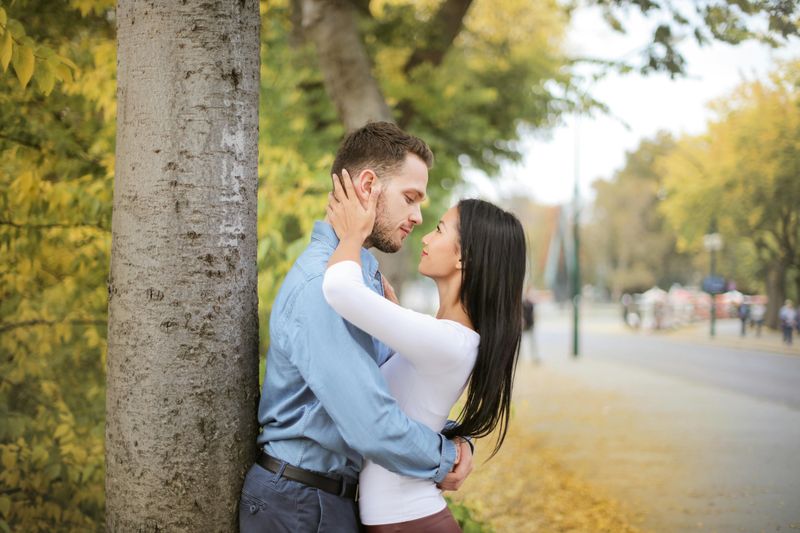
Meeting someone during an adrenaline rush—whether from a roller coaster ride or stressful situation—can amplify attraction. Your brain might misattribute physical arousal (racing heart, heightened senses) to the person rather than the situation, creating an instant spark.
Emotional vulnerability plays a role too. During major life transitions or after relationship endings, we become more receptive to new connections. This explains the rebound relationship phenomenon and why college freshmen often form intense bonds quickly.
Even temporary states matter. Studies show people appear more attractive when encountered in happy environments versus neutral ones. A potential partner met at a joyful celebration gains an unconscious attractiveness boost compared to meeting the same person in a mundane setting like a waiting room.
10. Family Blueprints Guide Partner Selection
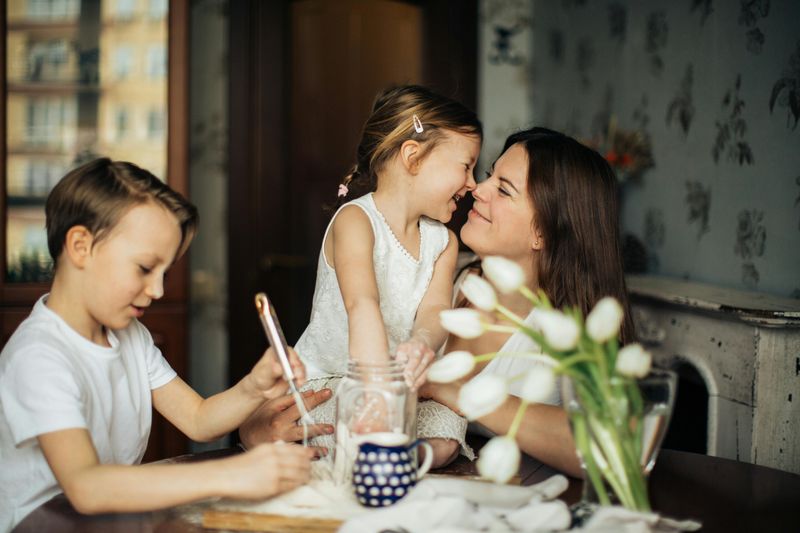
Your first relationships—with parents and siblings—create powerful templates for future connections. Many people unconsciously seek partners who embody positive qualities of their opposite-sex parent or who allow them to replay and potentially resolve childhood relationship dynamics.
Friends and family reactions matter more than we admit. Their approval or disapproval shapes our attraction through subtle cues—raised eyebrows, genuine smiles, or tense body language when meeting someone new. We internalize these reactions, especially from trusted confidants.
Cultural messages further influence preferences. Movies, music, and media showcase certain relationship dynamics as ideal while rarely depicting others. These invisible scripts become part of our attraction blueprint, guiding us toward partners who fit familiar narratives without conscious awareness.
11. Life Seasons Open Different Relationship Doors

Someone perfect on paper might feel wrong simply because they appeared at the wrong moment in your life journey. During career-building phases, you might gravitate toward independent, ambitious partners. Later, when seeking stability, nurturing qualities become more attractive.
Major transitions—graduations, career changes, relocations—often coincide with relationship shifts. These moments of reinvention create openness to new partner types that align with emerging identities and goals. The newly promoted executive suddenly notices different qualities than the struggling student did years earlier.
Biological timing influences choices too. Research shows women approaching their fertility window may unconsciously prioritize different traits than those not focused on family formation. The fascinating part? Most people can’t accurately identify how timing impacts their attraction patterns.
12. Self-Perception Creates Attraction Boundaries

How you see yourself determines who you believe is within your “league.” People with healthy self-esteem typically pursue partners who reflect their positive self-image. Those with lower self-worth might either aim lower than their actual potential or pursue unavailable partners who confirm negative beliefs.
Self-perception acts as an invisible filter, determining who registers as a potential partner and who doesn’t even enter conscious awareness. Someone might objectively find you attractive, but if you’ve decided they’re “out of your league,” you’ll likely miss their interest signals entirely.
Identity also shapes preferences. People strongly identifying with certain groups (professional, religious, political) often unconsciously seek partners who validate these important self-concepts, even when claiming other priorities matter more in their conscious partner selection criteria.

Comments
Loading…